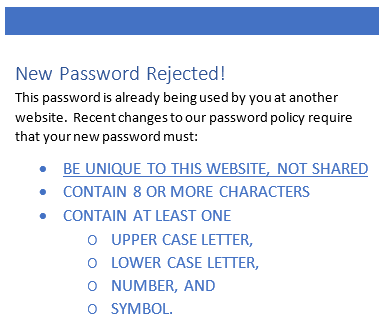 We have discussed the sorry state of passwords in many recent articles. There is an alternative to passwords and pins that may be coming to a smartphone near you. It is called SemanticLock and it uses emoji-like icons to unlock your smartphone.
We have discussed the sorry state of passwords in many recent articles. There is an alternative to passwords and pins that may be coming to a smartphone near you. It is called SemanticLock and it uses emoji-like icons to unlock your smartphone.
Most smartphones go unsecured mainly because most people find it difficult to enter a password using the on-screen keyboard. 4 to 6 digit numeric PINs are slightly ...
Continue Reading →AUG


